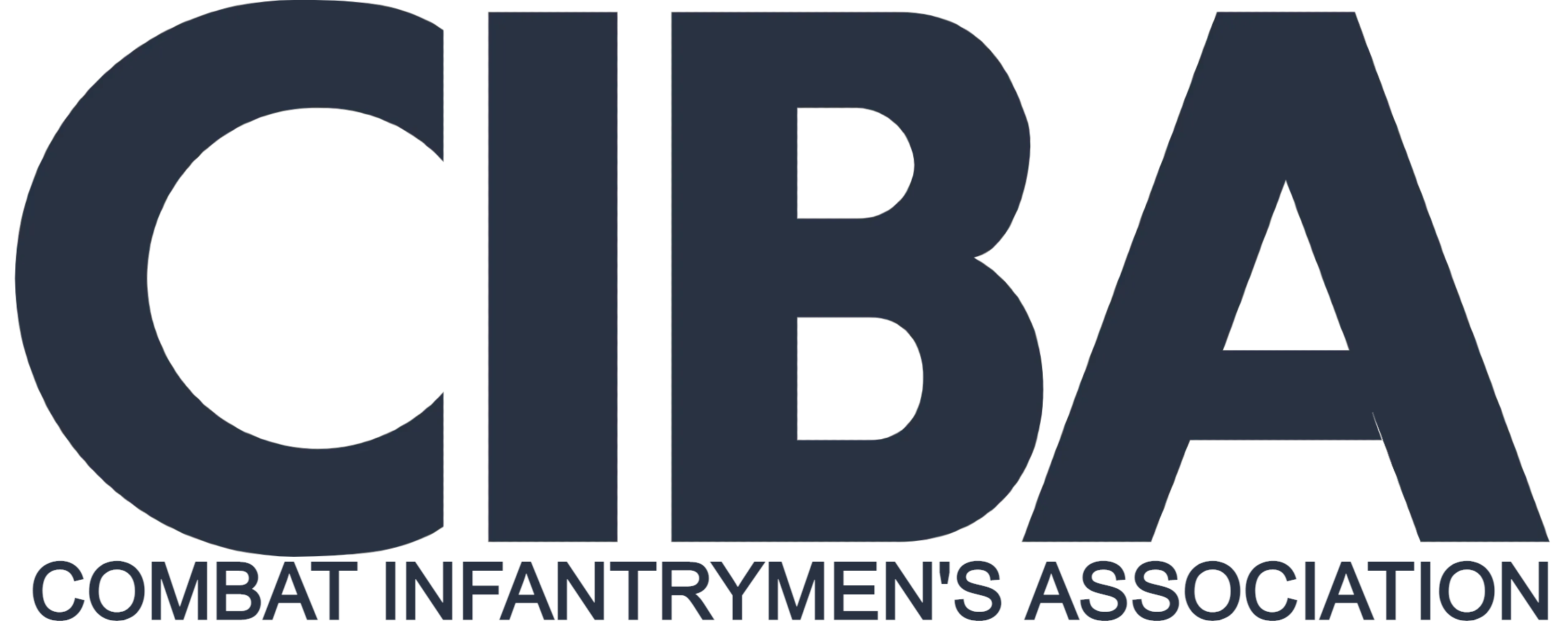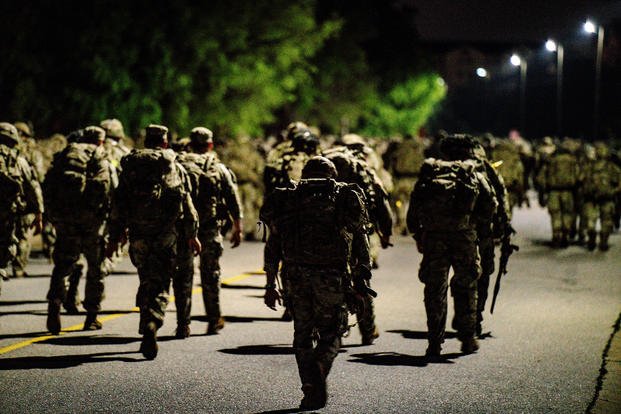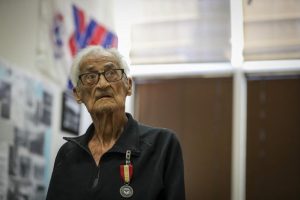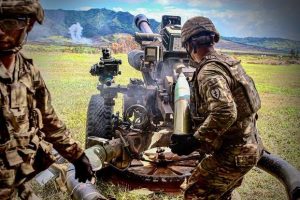Three soldiers at Fort Cavazos, Texas, died by suicide in the past two weeks. But those deaths aren’t unique to the installation formerly known as Fort Hood. At least two soldiers have died by suicide every week this year on average in the part-time components and on active duty at bases across the service, according to internal documents reviewed by Military.com.
There isn’t a singular problem, as suicide is typically a complex constellation of issues both personal and environmental, though soldiers have pointed to quality-of-life issues and a breakneck schedule constantly being away from home, despite the U.S. being in a period resembling peacetime, as adding stressors to their service.
But as the Army has struggled to grapple with the continued prevalence of suicide, the service has had no universal guidance for how leaders are expected to respond if a soldier is in the midst of a mental health crisis, a fundamental building block for combatting the problem of self-harm.
Three years ago, the Army sought to craft a policy outlining its first major suicide prevention doctrine, an effort senior leaders highlighted to Congress in May.
Earlier this month, the Army quietly published that doctrine to combat suicide three years after it originally intended. The new policy, which goes into effect on Sept. 8, has no clear guidance for how service members are supposed to take action if someone in their ranks has declining mental health or suicidal ideation, despite promises that the new doctrine would help provide direction.
“This isn’t a serious answer to what I’m seeing,” one command sergeant major told Military.com on the condition of anonymity to avoid retaliation for speaking candidly with the press. “We’ve been great about talking about this stuff, I think the culture is close to where we need it to be … or at least it has come a long way. What are those immediate steps a junior leader takes when their soldier is in trouble? We’re getting a bit lost in the sauce.”
The service has more than a dozen official minor resources on suicide prevention and response, which are not formal doctrine and instead mostly short pamphlets and PowerPoint presentations, but the August release is the first major doctrine on the subject meant to consolidate information on how commanders should work to prevent suicides within their formations and respond if a soldier dies.
Last year, the Army saw at least 255 soldiers die by suicide. Decisions on whether to provide a soldier mental health counseling, give them time away from the field, or simply ask whether they are considering self-harm is largely left up to company-level leaders who usually have no formal training on the subject. The lack of a universal set of guidelines has left individual units to craft their own ad hoc approaches.
Instead of clear guidelines on intervention, the new doctrine focuses on articulating warning signs and risk factors, such as a soldier having a poor relationship with their spouse or financial problems.
“It’s about the layers that are influencing the individual,” one Army official with direct knowledge of how the policy was written said during an interview that was arranged by the Army public affairs office on the condition of anonymity. “We’re identifying those risk factors. … This is the first time in a suicide reg [regulation] we’re talking a bit broader.”
Senior leaders have long listed suicide as a top concern for the force. Michael Grinston, who recently retired, spent much of his tenure as sergeant major of the Army shifting the conversation on suicide from how units respond to how leaders can prevent deaths, all while trying to reduce the stigma of seeking help, sometimes by talking about his own struggles while routinely highlighting policy changes to the press.
But this new suicide prevention doctrine, once touted by Army leadership ahead of its arrival as a key tool for combating the problem, was quietly completed without fanfare. Grinston’s successor, Sergeant Major of the Army Michael Weimer, hasn’t publicly mentioned the new policy. Weimer’s office did not return requests for comment.
The doctrine itself directs Army officials to highlight the new policy to the press as a means of assuring soldiers know of its existence.
But burying the release of the policy was intentional, according to multiple Army officials interviewed by Military.com, largely due to the fact that the doctrine is years behind schedule and offers little help for units struggling to curtail deaths by suicides, as service leaders promised Congress.
“This regulation is a step in the right direction; at the same time, we’re cognizant this isn’t the be-all, end-all. We have more work to do,” one Army official with direct knowledge of the policy’s release told Military.com on the condition of anonymity to speak openly about the process.
In May, Military.com reported on the death of Spc. Austin Valley, an infantryman assigned to the 1st Infantry Division at Fort Riley, Kansas. His unit found him during an attempted suicide while they were deployed to Poland. After sending him back to Kansas, he died by suicide 30 days later. He was not transferred into inpatient care, and he sought mental health care outside of the military on his own dime after his return to the U.S. In interviews with Military.com, his parents say there were no meaningful actions by the Army to keep him safe. His unit seemingly had no checklist to make sure he had all the resources he needed or mitigated his access to means of killing himself.
A Military.com review of more than 300 suicides in the force in recent years shows that death by a self-inflicted gunshot wound is the most common method of suicide, with male junior enlisted and young noncommissioned officers being the most at-risk demographics.
The new doctrine outlines some broad guidelines, establishing that commanders should consider quartering soldiers on base if they have suicidal ideation and own personal firearms. But the document is unclear on when those dramatic steps should be taken. Multiple Army officials with direct knowledge of how the policy was written said there is hesitation to outline guidance, in fear that commanders will stick too closely to doctrine and not view suicide risks as unique, but those officials agreed that offering no guidance is also a risk.
There are also suggestions in the document that safe gun storage and National Guardsmen and Reservists temporarily relinquishing their personal firearms to a military arms room would be helpful, but those situations would be voluntary and the policy suggests those actions can quickly get ensnared in local legal protections.
But much of the new rule set is seemingly incomplete, or, as another Army official noted, “wasn’t well thought-out.” A form meant to track data on suspected suicides still requests that commanders note whether the deceased soldier has a passing score on the Army Physical Fitness Test, or APFT, a test that is no longer in use by the service. Another direction highlights that so-called “shame events” can lead to a suicide, but at the top of a list of those at risk, the doctrine highlights perpetrators of abuse, but doesn’t mention victims who are also known to face greater risk of suicide.
The form for commanders to collect data on a soldier who died asks for over 100 data points, including whether the soldier was diagnosed with sleep disorders or whether family members expressed any concerns. But it does not require a review of the soldier’s social media history, where troops are increasingly asking for help and posting suicide notes.
“Soldiers are on social media. To completely avoid that space is crazy,” Kinmuan, the moderator of the Army Reddit forum who asked to be identified by their username in order to protect their identity, told Military.com. “The Army isn’t looking or thinking about social media being an avenue for these communications.”
The Army Reddit forum is effectively the town square for the service, as Facebook’s user base grows in age and X, formally known as Twitter, is a poor and narrow sampling of the demographics of the rank and file. On the forum, Kinmuan says about once a month a soldier posts something that requires immediate intervention, such as a suicide note. Grinston’s office previously worked with the moderation team on Reddit, but that social media outreach has faded after his retirement.
Going forward, the service is planning new initiatives set to reduce the risk of suicide by firearms and medication, though there is no clear timeline on those efforts.
“We recognize that suicide is a complex problem that defies a one-size-fits-all solution but we will continue to actively lean forward,” Lt. Gen. Kevin Vereen, who oversees quality of life policies in the Army, said in a statement to Military.com.
— Steve Beynon can be reached at Steve.Beynon@military.com. Follow him on Twitter @StevenBeynon.
Please rate this CIBA article
Vote






